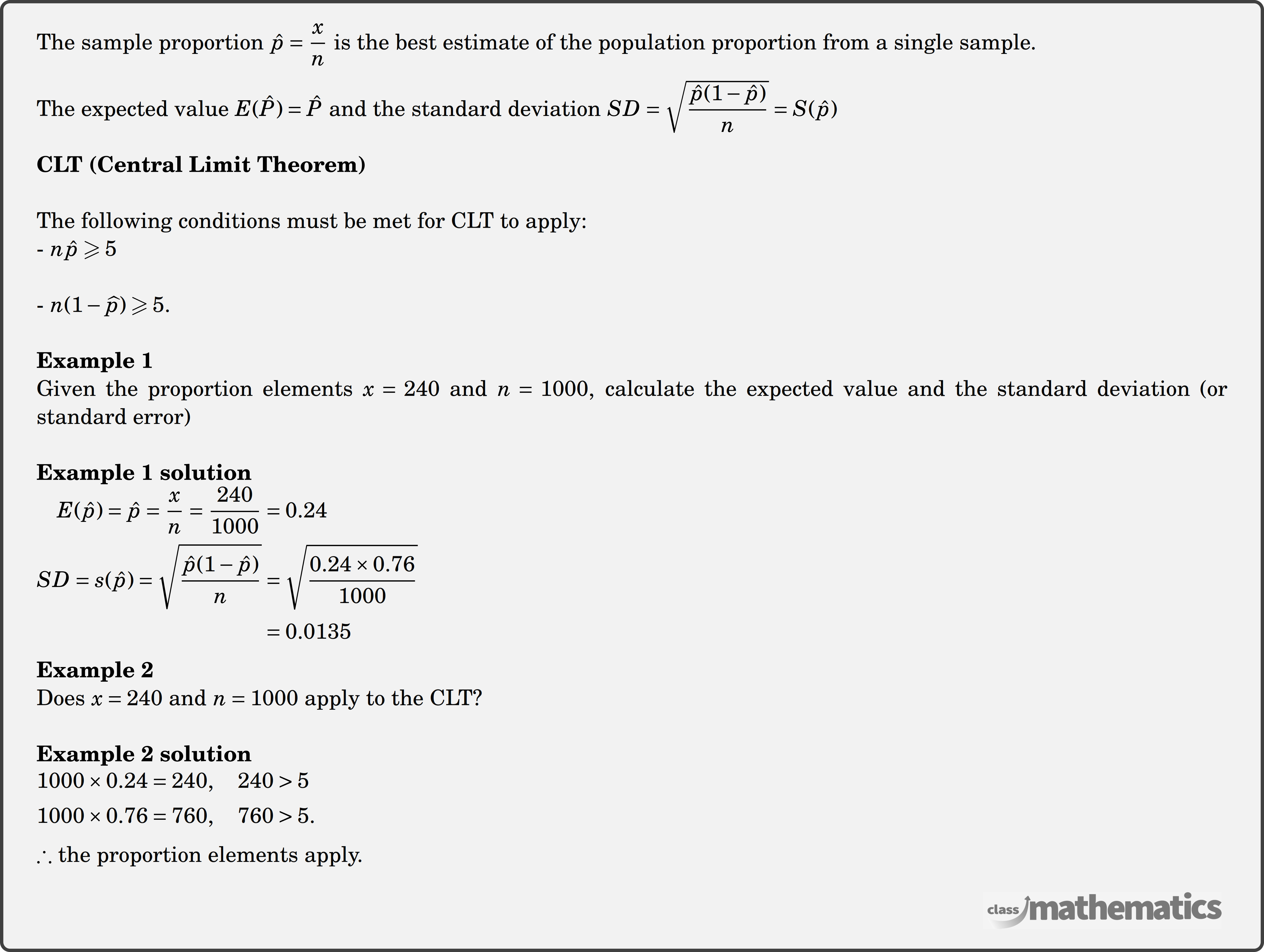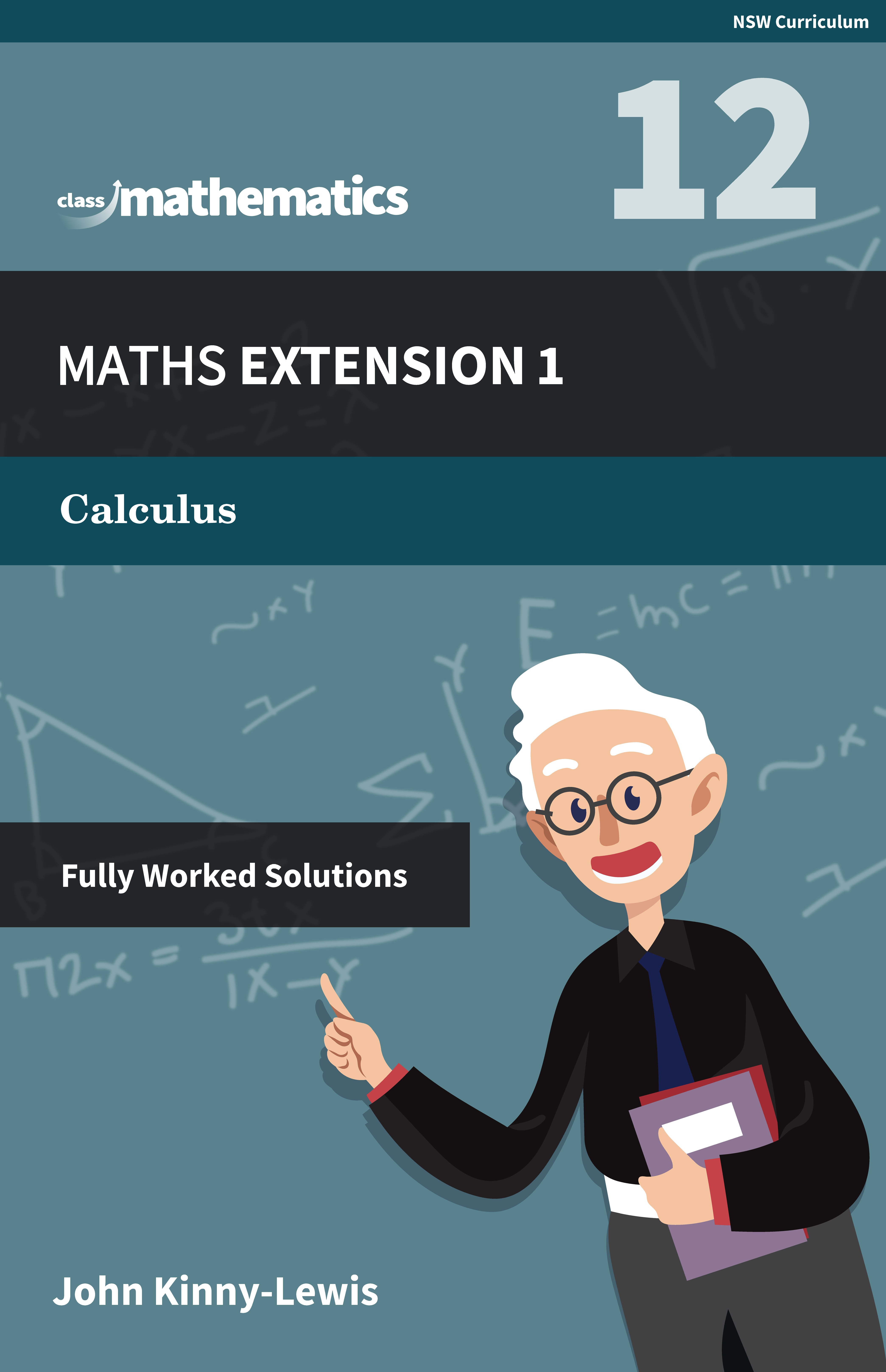Resources for Normal Approximation of the Sample Proportion
-
Questions
10
With Worked SolutionClick Here -
Video Tutorials
1
Click Here -
HSC Questions
4
With Worked SolutionClick Here
Normal Approximation of the Sample Proportion Theory


